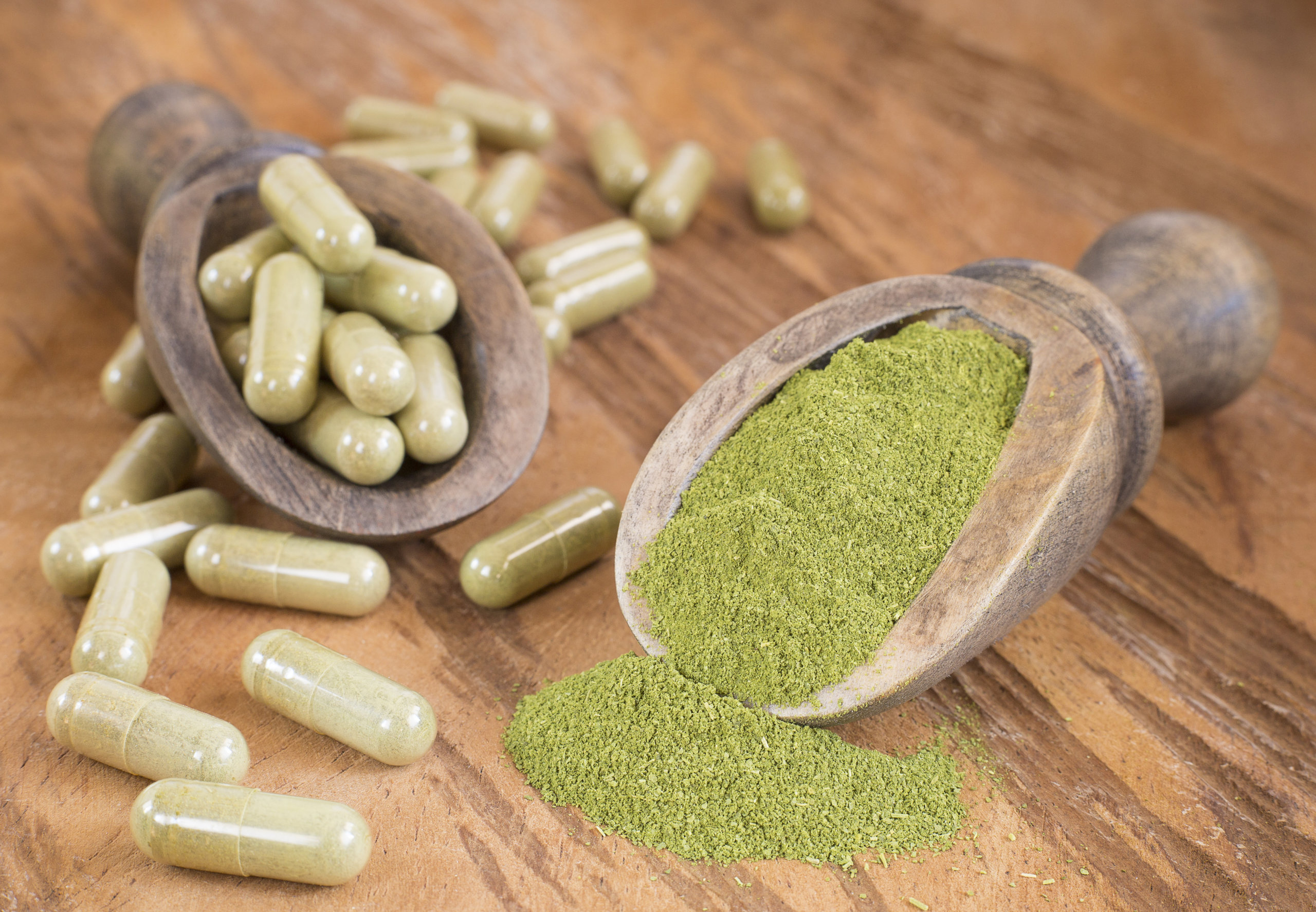Magnolia is not boring, precisely. It is a warm neutral colour which works well alongside a diverse number of other colours. It’s inoffensive, a not unpleasant humming background noise, a nondescript foundation. No wonder it will make me nervous…
You will discover some people who truly do not give consideration to their environment. Why would they? What does what the house or perhaps the office looks like should do with anything? Choosing curtains, paint colours and furniture isn’t everyone’s cup of tea, admittedly, however, some people would barely notice whether the whole house were painted blue over night. Personally, I’m glad to be using the opposite camp, when a space can feel right (or strangely awkward) and details do indeed make all of the difference.
What does what the house or perhaps the office looks like should do with anything? Choosing curtains, paint colours and furniture isn’t everyone’s cup of tea, admittedly, however, some people would barely notice whether the whole house were painted blue over night. Personally, I’m glad to be using the opposite camp, when a space can feel right (or strangely awkward) and details do indeed make all of the difference.
Naturally, interior design works on a lot of levels – the purposeful, the aesthetic and the psychological. Our environment impact us. What influence does colour, in particular, have on the moods of ours as well as the wellbeing of ours?
Hospitals, schools as well as industry corporations employ design and colour to be able to help with the healing of their patients (blue brings down blood pressure), to enhance the learning potential of their students (green calms the mind) and then to take the productivity of their employees (harsh lighting & vivid colours will keep them from the canteen). And so why do we not apply this thinking to the homes of ours? Don’t we want the house of ours to really make us more relaxed, or livelier or perhaps much healthier?
Do certain colours suit certain personalities? Is it true for example that an individual personality type will have a yearning for yellow & another a serious love of lilac? Research to date does not indicate this to be the situation. It seems we are much more fickle compared to that. On the complete, nearly all of us have a colour we just despise (orange as well as purple ranking highly on this score) but otherwise we basically dabble with a favourite colour for a while, secure in the knowledge that we are able to drop it just like a hot potato if it gets tragically unfashionable.
Colours (certainly a splash of paint, anyway) can be simple to play with, to dabble with. So why is it that we’re afraid of them? Where is our inner child if we want them most? Why do we resolve to dwell in secure beige and cream houses when in other places there is such a great deal of colour? Could it be seriously to do with sunshine? Really? Are only able to the Caribbean and the subcontinent take advantage of wild vibrant colour? Have we talked ourselves into thinking that we’ve to mirror what’s going on with the weather? For the reason that it has not constantly been the case.
Why do we resolve to dwell in secure beige and cream houses when in other places there is such a great deal of colour? Could it be seriously to do with sunshine? Really? Are only able to the Caribbean and the subcontinent take advantage of wild vibrant colour? Have we talked ourselves into thinking that we’ve to mirror what’s going on with the weather? For the reason that it has not constantly been the case.
History shows us how our ancestors were a lot braver with the choice of theirs of colours. In the 1950s, extremely attractive yellow-colored alongside different dark, sage like green, muted terracotta and pale primrose yellowish looked fabulous. In the 1920s the Art Deco movement found inspiration in primitive art and the ensuing choice of colours – orange tinged pinks and grey greens – were spell binding. Earlier still, best kratom brands (https://www.marysvilleglobe.com/marketplace/super-speciosa-kratom-brand-review-quality-vendor-with-effective-strains/) in the last 100 years, interiors have been filled with probably the boldest colours – signal red plus great blue – and these became great backdrops to art collections that can continue to be seen in several English heritage houses. But would you dare?
Many wrongly believe that period colours were all sludgy and dirty, like someone had taken a coal covered cloth on the paintwork, but this is far from accurate. Period colours include peppermint greens, ultramarine blues, ochre, sienna, peach blossom and salmon. Would we be bold adequate to place any of these on the wall space or even would we take refuge behind an experimentally colourful but equally easily removable scatter cushion?